AEO 2025 Trends: Implications for Carbon Dioxide Emissions
Introduction
As part of OnLocation’s weekly “AEO 2025 Trends” series, this blog examines the U.S. Energy Information Administration’s (EIA) Annual Energy Outlook (AEO) 2025 projections with a focus on U.S. energy-related Carbon Dioxide (CO2) emissions. The AEO provides an important benchmark of energy and environmental projections to various government agencies, research institutions, and industry leaders. These projections rely on the National Energy Modeling System (NEMS), a U.S. energy-economic model that is an industry standard with detailed data and representation of energy markets, policies, and technologies in all energy supply and demand sectors.
The AEO 2025 includes a Reference case and several side cases that assume that all laws and regulations in place as of December 2024 remain in effect through 2050. Two AEO alternative policy scenarios were also published: the “Alternative Electricity” case and the “Alternative Transportation” case, which reflect the Trump Administration’s expected removal of several key energy policies. In particular, the “Alternative Electricity” case assumes that the EPA’s April 2024 rulemaking under the U.S. Environmental Protection Agency’s (EPA) Clean Air Act (CAA) Section 111 is not in place, which changes the viability of existing coal plants and the operational constraints on new natural gas combined cycle power plants. The “Alternative Transportation” case nullifies certain National Highway Traffic Safety Administration’s (NHTSA) CAFE standards and EPA tailpipe greenhouse gas standards for model years 2027 and later, along with other transportation-related criteria pollutant rulemakings. This case also removes California’s Air Resources Board (CARB) Advanced Clean Truck rule, and changes assumptions related to eligibility of electric vehicle tax credits and funding for charging stations. This article compares the projected CO2 emissions between the AEO 2025 and AEO 2023 Reference cases as well as between the AEO 2025 Reference and these Alternative Policy cases and delves into the underlying reasons for the differences.
Emissions Changes from AEO 2023
As shown in Figure 1, economy-wide energy-related CO2 emissions in the AEO 2025 Reference case are projected to be substantially lower than in the AEO 2023 forecast after 2035, declining to 3,376 MMT CO2 by 2050, a 29 percent reduction relative to the year 2024, and almost twice the reduction (15 percent) over the same period as in the AEO 2023 projection.
Natural gas prices are lower in the early years of the AEO 2025 Reference case projection relative to the AEO 2023, slowing renewable growth and raising natural gas consumption through 2030. This leads to increased emissions relative to AEO 2023, as shown in Figure 1. Continued coal plant retirements over the rest of the AEO 2025 projection and significant growth in electricity demand due to data centers and electric vehicles lead to higher natural gas generation in the electricity sector relative to AEO 2023 over the entire projection, as shown in Figure 2. Because coal generation is replaced by a mix of natural gas, with roughly half the CO2 emissions of coal, and zero-carbon renewables, energy-related CO2 emissions drop by 194 million metric tons in 2032 alone, which is the year when coal plants without carbon capture equipment must retire under the EPA 111 rules. By 2050, energy-related CO2 emissions are projected to be over 500 million metric tons less than the AEO 2023 projections even with higher electricity demand.
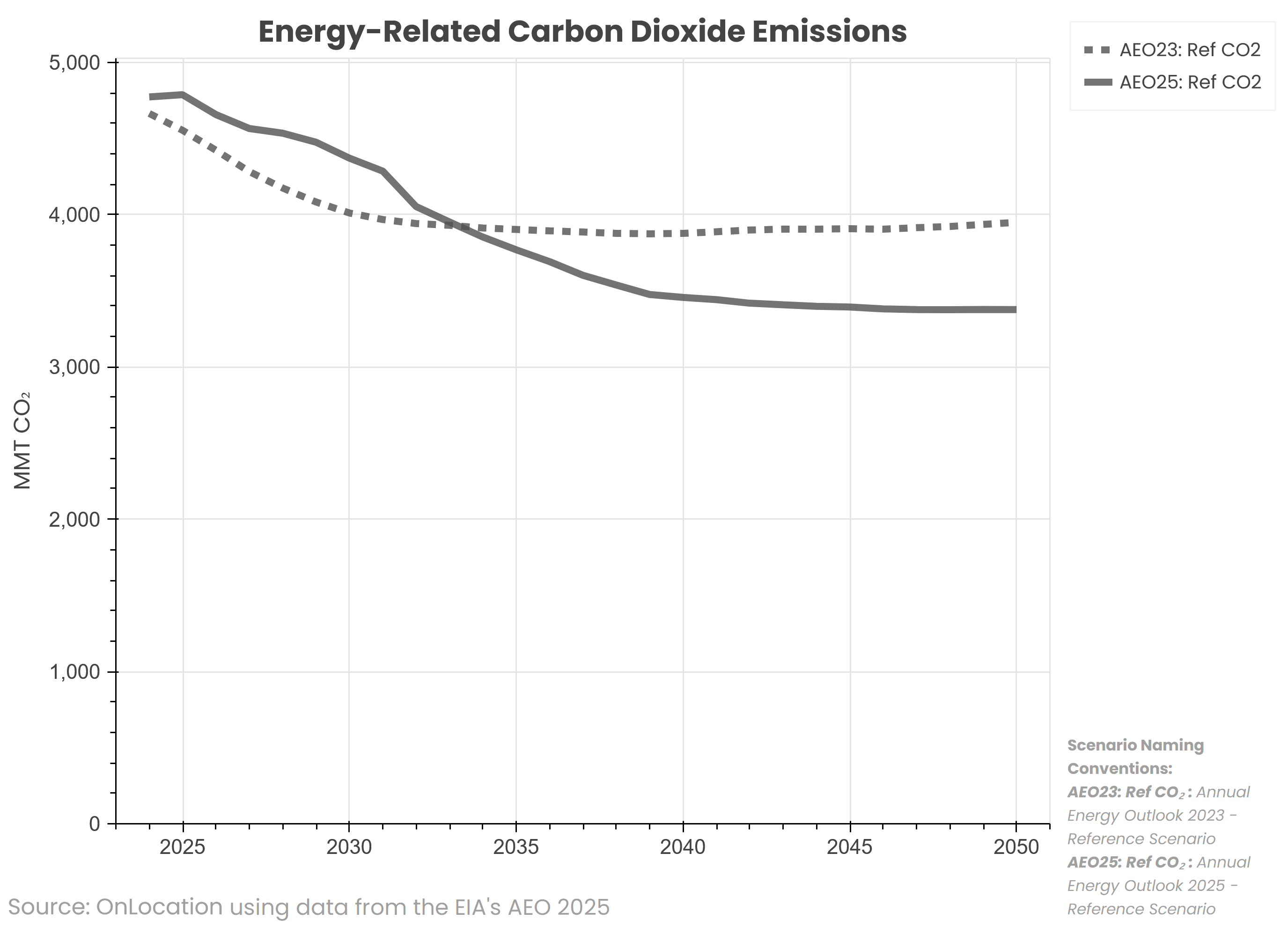
Figure 1 Energy-Related Carbon Dioxide Emissions for AEO 2025 and AEO 2023 Reference cases
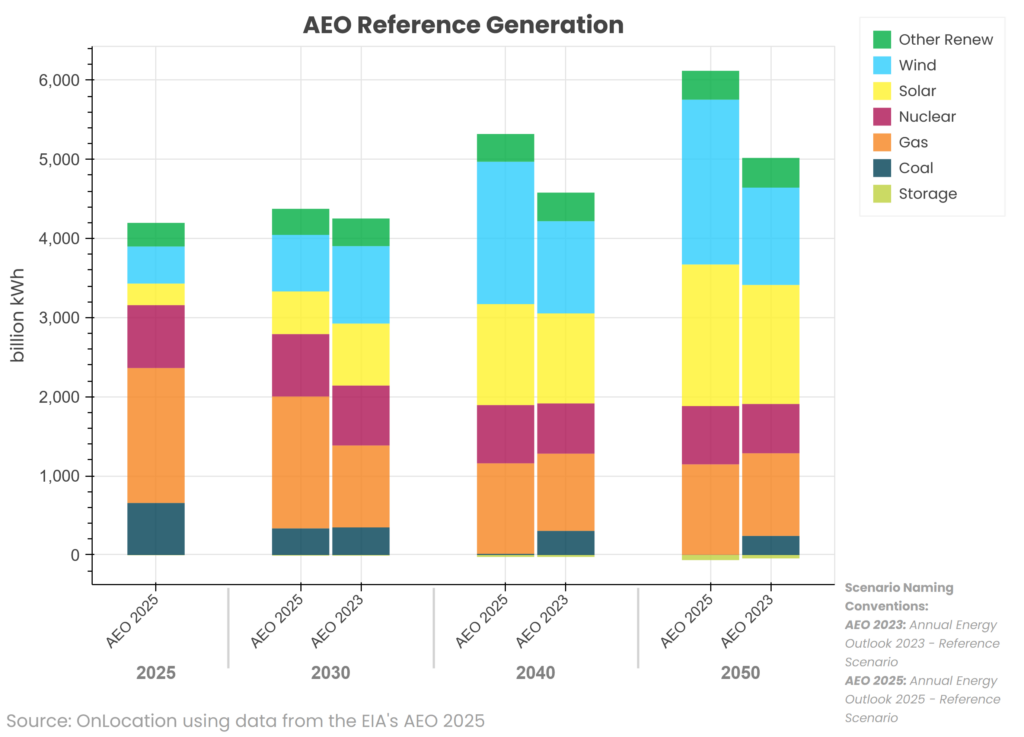
Figure 2. AEO Reference Electric Generation Mix. Note that storage produces net negative generation due to energy losses.
Comparison among AEO 2025 Cases
Aside from carbon capture technologies, which play a small role in these cases, CO2 emissions are roughly proportional to the amount of fuel combusted, and the CO2 intensity varies by fuel, with coal roughly twice as CO2 intensive as natural gas as noted above. With that in mind, trends in primary fuel consumption across the scenarios provide insights into energy-related CO2 emissions as projected by NEMS, as shown in Figure 3.
One key insight into changes in energy-related CO2 emissions is the continued decline in coal consumption, which is discussed in our blog post “AEO 2025 Trends: The Outlook for Coal.” Coal consumption continues its historic decline in the Reference scenario, from 7.5 quadrillion BTUs (388 million tons of coal) in 2024 to 0.60 quadrillion BTUs (26 million tons) in 2050, a 92 percent decrease. In the Reference scenario, implementation of EPA 111 causes 36.5 GW of coal capacity to retire in one year (2032), reducing coal consumption in the electric sector from 164 to 32 million tons in 2032. This reduction reinforces the shift in power generation to lower carbon technologies such as natural gas and renewable sources. Along with the reduction in coal consumption in the power sector, the continued rapid expansion of low carbon renewable technologies also has a dramatic effect on CO2 emissions.
The “Alternative Electricity” case, which excludes the EPA 111 requirements for fossil-fueled power plants, mitigates the impact of environmental regulation on coal consumption as shown in Figure 4, leading to a slower decline in coal consumption. Furthermore, as discussed in our recent blog “AEO 2025 Trends: Powering Future Demand,” renewable generation continues to rise in both cases over time with help from the Inflation Reduction Act tax credits and technology improvements that lower the cost of these technologies. Generation from renewable technologies grows to almost 75 percent of total generation by 2050.
The “Alternative Transportation” case, which eliminates many of the policies that drive the adoption of electric vehicles in the Reference case, projects roughly half as many light-duty electric vehicles by 2050 (58 million vs 126 million), as shown in Figure 5, leading to an increase of over three million barrels per day of liquid fuels use such as gasoline and diesel by 2050. This shift has significant implications for CO2 emissions.
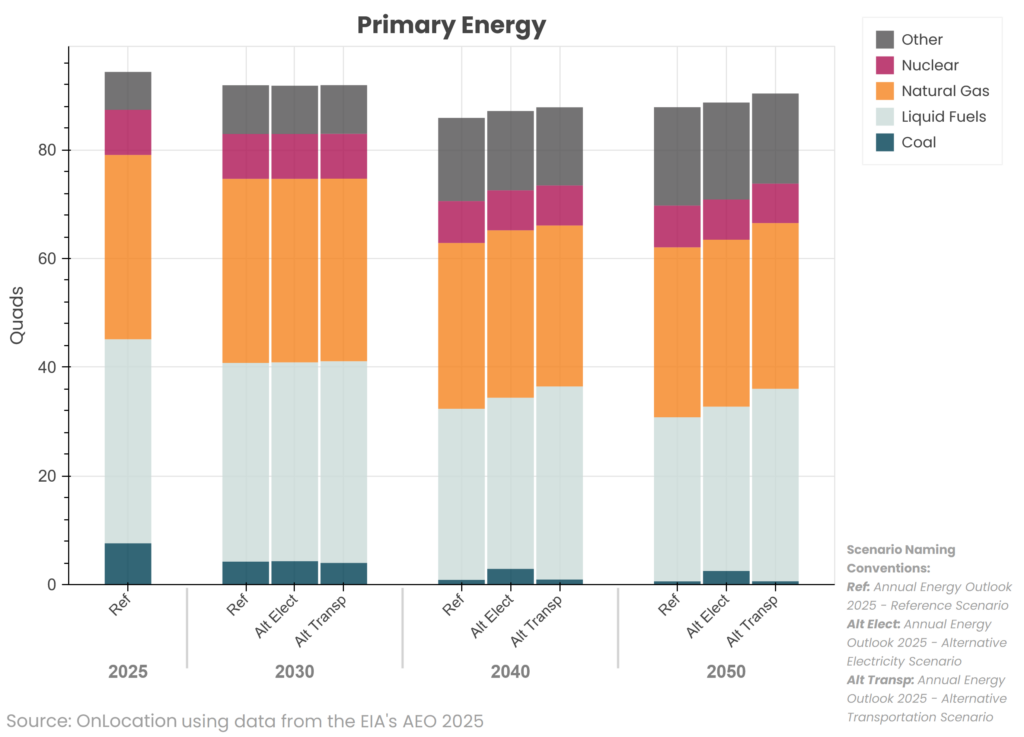
Figure 3. Primary Energy by Fuel for AEO 2025 Scenario. “Other” includes low carbon fuels: wind, solar, hydroelectric, and biomass
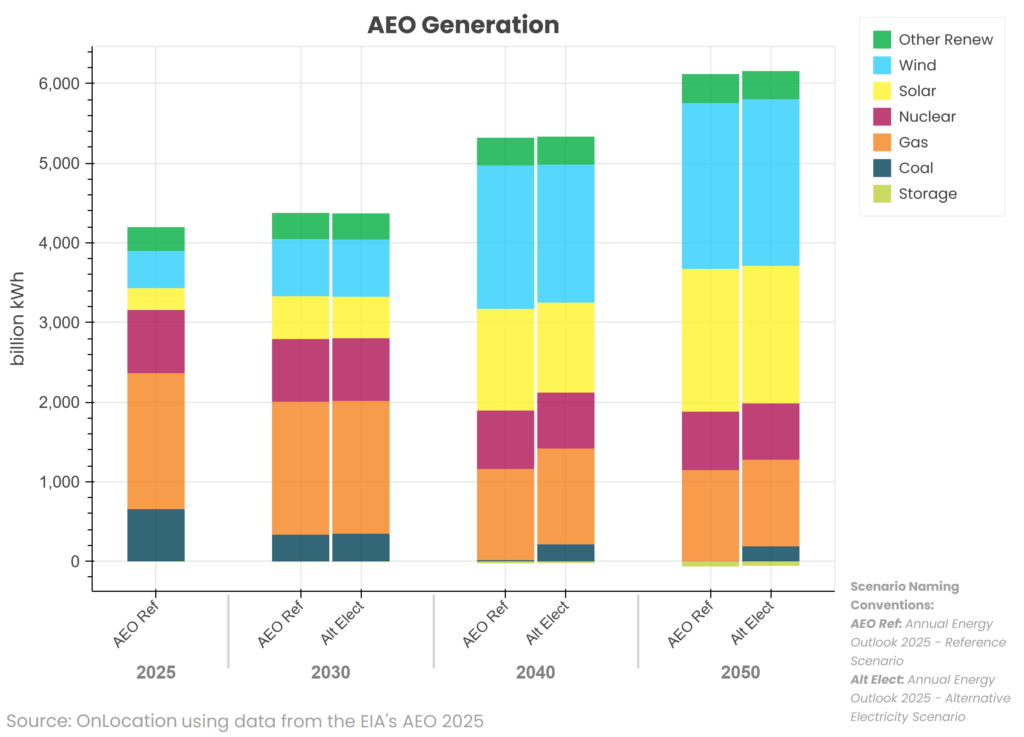
Figure 4. AEO Electric Generation Mix. Note that storage produces net negative generation due to energy losses.
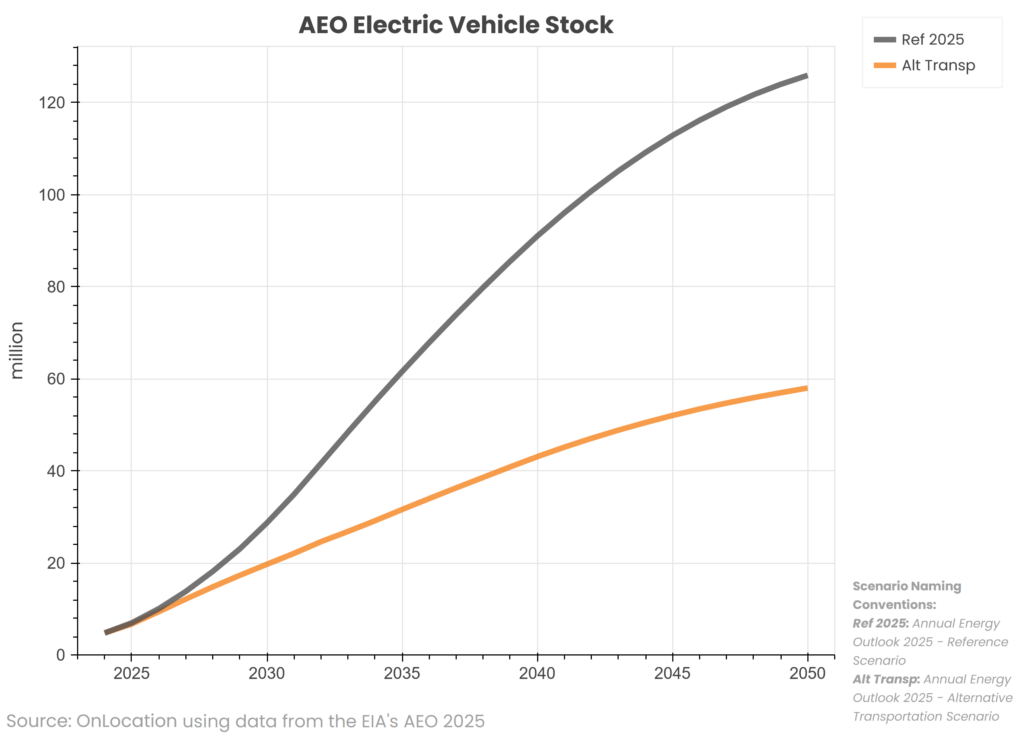
Figure 5. Electric Vehicle Stock (includes cars and light trucks)
Emissions Changes Across Scenarios
The two Alternative Policy cases reflect how changes in regulatory environment will impact the emissions trajectory. The “Alternative Electricity” case focuses on changes in emissions regulations in the power sector. As discussed above, total fossil consumption (coal and natural gas) is higher in the Alt Elect case compared to the Reference case, albeit at a lower level after 2030, resulting in a corresponding increase in CO2 emissions (Figure 6). Coal generation continues throughout the projection period, leading to an increase of 160 MMT CO2 by 2050.
Emissions differences between the Reference and “Alternative Transportation” cases are far more significant. In the Alt Tran case, the reduction in electric vehicle adoption results in a shift to greater use of liquid fuels such as gasoline and diesel, and emissions in the transportation sector are significantly higher (391 MMT CO2) by 2050 than in the Reference case.
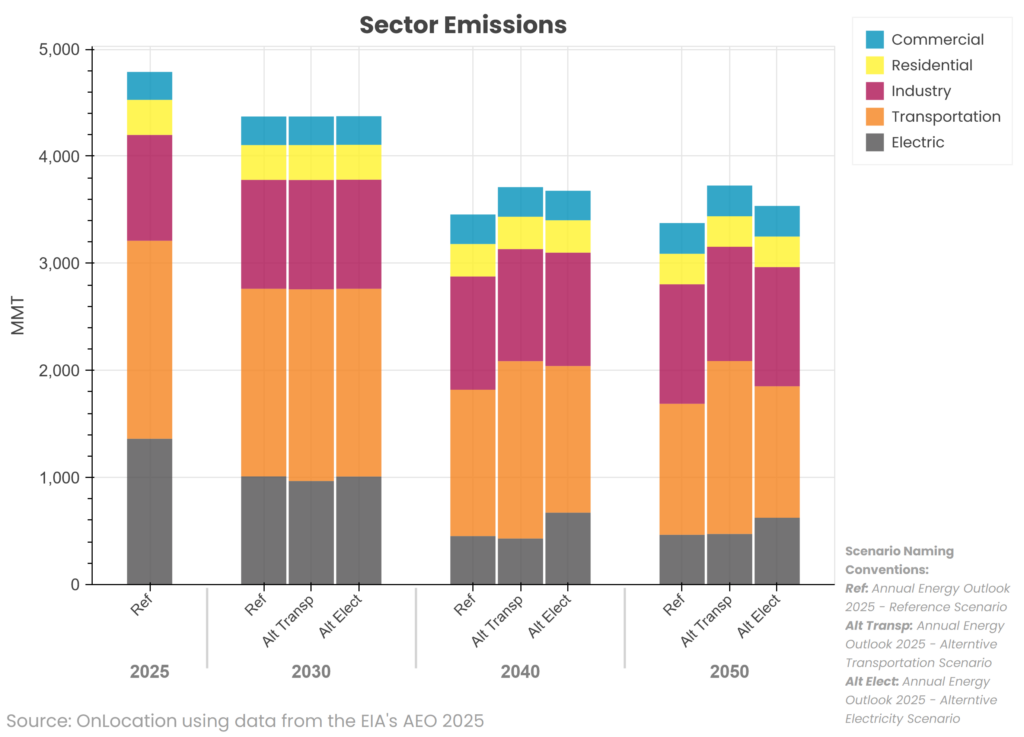
Figure 6. Energy-Related CO2 emissions by energy sector across scenarios
Summary
Changes in energy and environmental policies, such as those included in the recently passed One Big Beautiful Bill Act (OBBBA), can have a significant impact on CO2 and other greenhouse gas emissions now and in the future. The AEO scenarios give us a sample of what these changes might bring, but with the rapidly changing regulatory and policy landscape, these scenarios are quickly becoming outdated.
The release of the AEO each year provides OnLocation with new opportunities to use the latest AEO Reference and side cases, as well as the updated NEMS model, as the basis for exploring alternative energy policies and technologies for both government and private clients. Our consultants are uniquely qualified to perform a wide range of energy and environmental scenarios using the NEMS model, including scenarios that incorporate the latest policy changes.

